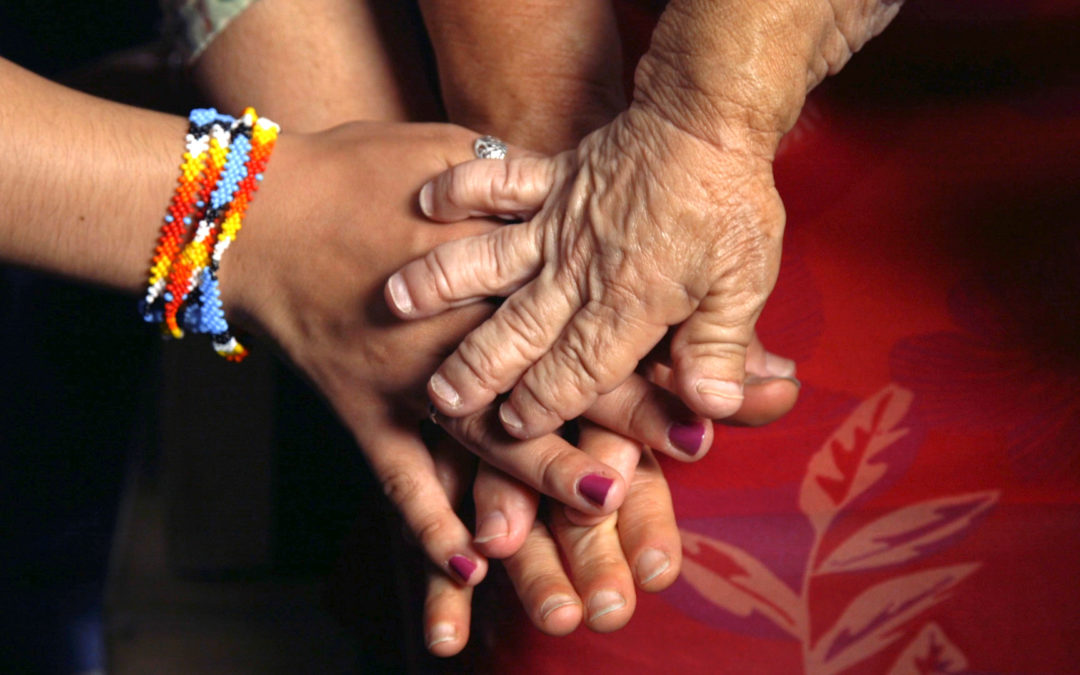Julie Wyman, a Bay Area-based filmmaker with dwarfism, is collaborating with Little People of America to create HOW WE LOOK, five short films that imagine alternatives to the stereotypical, limiting, and medicalized ways that little people have historically been represented in the arts.
The project’s authors write, “As people with dwarfism, our most basic shared experience may be that of being looked at. We routinely endure stares, clandestine photographs, and whispered (or shouted) comments about our bodies when we’re in public.” Dwarfs can be found throughout the history of art, from ancient works to 20th Century painters and photographers, and to carnival side shows; but they are rarely invited to have a voice in their depiction.
This project is based in a participatory filmmaking process, with Wyman engaging five performing artists who are members of the Dwarf Artist Coalition—a sponsored project of Little People of America—to explore questions about how they are seen by and how they see the world around them. Through a workshop, they will develop scripted vignettes that Julie Wyman will adapt to the screen in collaboration with Dwarf Artist Coalition chair Sofiya Cheyenne and producer Shaleece Hayes. Once scripted, the workshop members will perform the filmed scenes that will be shot by a professional crew. The HOW WE LOOK films will be exhibited both individually and as a collection.
Lead artist Julie Forrest Wyman is a performing artist, a filmmaker, and an educator, whose films have focused on people whose bodies don’t fit our society’s norms. She has been diagnosed with hypochondroplasia, a form of short-limbed dwarfism that often presents with milder physical differences from other forms of dwarfism. She’s currently creating a documentary feature film that follows the little-people community’s response to controversial new pharmaceutical treatments to make people with dwarfism taller.
Little People of America is dedicated to improving the quality of life for people with dwarfism while celebrating little people’s contribution to social diversity. As part of its media advocacy work, it holds media venues accountable for their part in perpetuating negative, archaic stereotypes of people with short stature.

